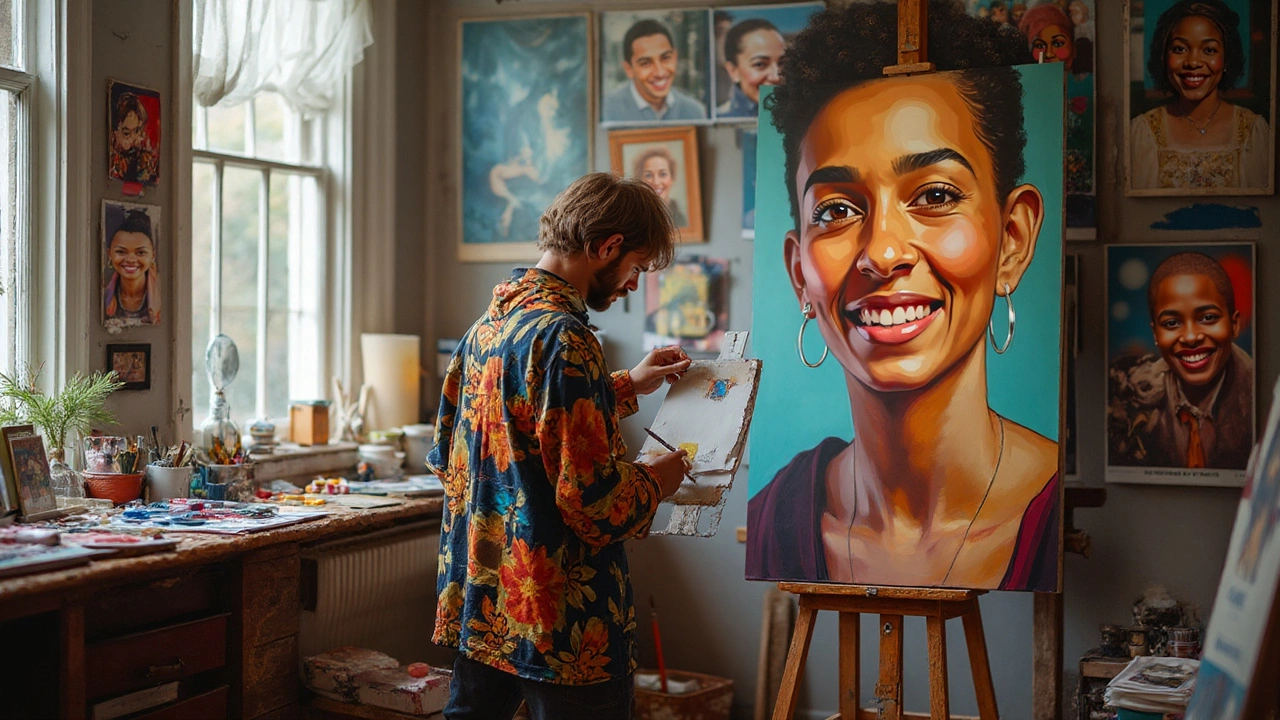Painting Guides: Portraits, Watercolor & Landscape
Whether you are just starting out or looking to sharpen your craft, the world of painting offers plenty of shortcuts you can use right now. Below you’ll find straight‑forward advice on portrait basics, watercolor quirks, and landscape fundamentals. No jargon, just clear steps you can try on your next canvas.
Portrait Painting Basics
First thing to decide is the look you want for the portrait. Do you prefer a totally realistic likeness or something more expressive? Realistic work needs careful attention to proportion and light, while expressive pieces let you play with color and shape. A simple way to start is to sketch the head using basic shapes – a circle for the cranium, a line for the center, and a T‑shape for the jaw. This keeps the features in the right spot before you add details.
If you’re torn between acrylic and oil, think about drying time. Acrylic dries fast, so you can layer colors quickly, but you may need a medium to keep the paint from becoming too stiff. Oil stays wet longer, giving you more time to blend, but it smells stronger and takes days to dry. Try both on a small study to see which feels right for your style.
Backgrounds matter more than you think. A plain, muted backdrop can make the subject pop, while a busy scene can distract. Use a complementary color – if the skin tones are warm, try a cool blue or green background. This contrast adds depth without overwhelming the portrait.
Watercolor & Landscape Essentials
Watercolor often feels tricky because the paint moves on its own. One common mistake is using too much water, which creates hard, unwanted lines. To avoid that, work on wet‑on‑wet for soft gradients, then switch to wet‑on‑dry when you need sharper edges. Keep a scrap piece of paper handy to test the amount of water before you apply it to your main sheet.
Another frequent slip is leaving the paper too saturated, which can make colours bleed uncontrollably. The trick is to let each layer dry a bit before adding the next. This builds depth and prevents the colors from turning muddy.
When you move to landscape painting, think of the canvas as three zones: foreground, middle ground, and background. The foreground gets the most detail and texture, the middle ground sets the scene, and the background creates atmosphere. Use cooler, lighter colours for distant areas to simulate depth, and richer, warmer tones up close.
Composition is key. Try the rule of thirds: imagine two equally spaced horizontal and vertical lines dividing your canvas into nine squares. Place the main subject along those lines or at their intersections for a balanced look.
Finally, don’t forget to experiment. Mix a little gouache with watercolor for opacity when you need to correct a mistake, or add a thin glaze of oil over a dried watercolor for extra vibrancy. These small tricks can make a big difference without buying new supplies.
Painting is a hands‑on adventure. Use these tips as a starting point, test them out, and adjust to what feels natural for you. The more you practice, the quicker you’ll spot what works and what doesn’t. Happy painting!
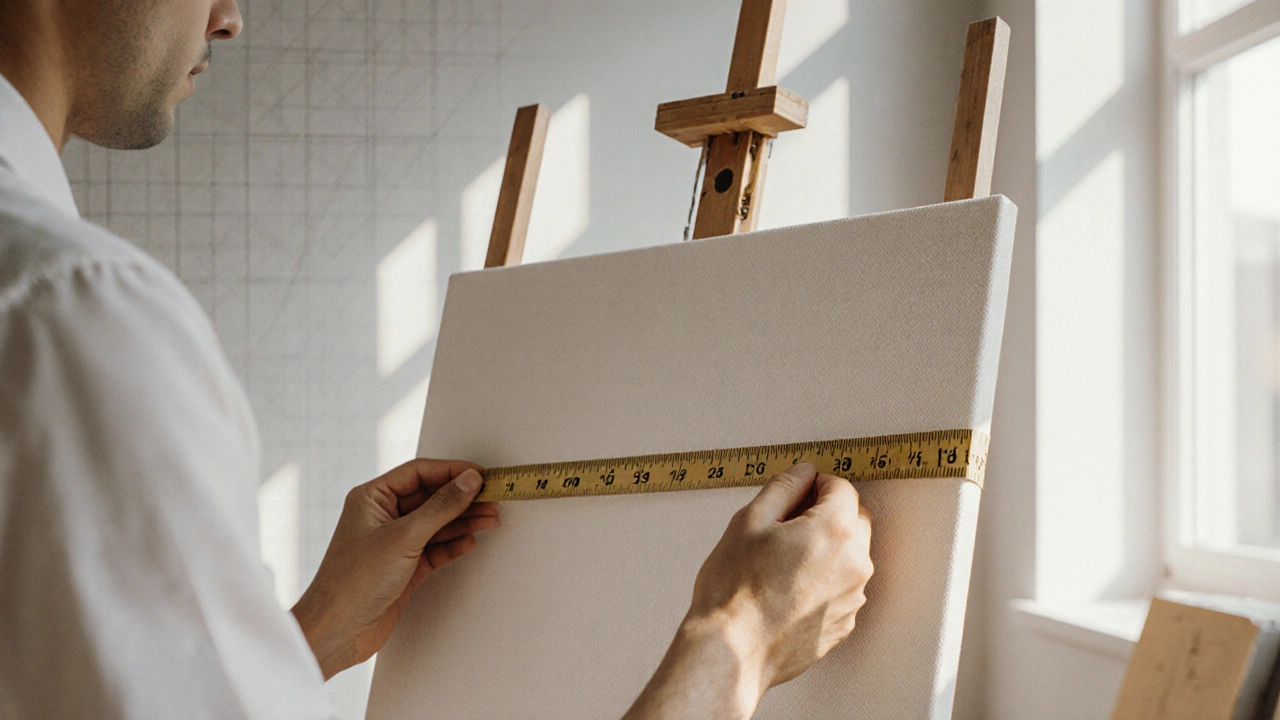
25 Oct 2025
Learn how to choose the perfect portrait painting size with practical guidelines, standard dimensions, modern formats, and step‑by‑step tips for any space.
Continue reading...
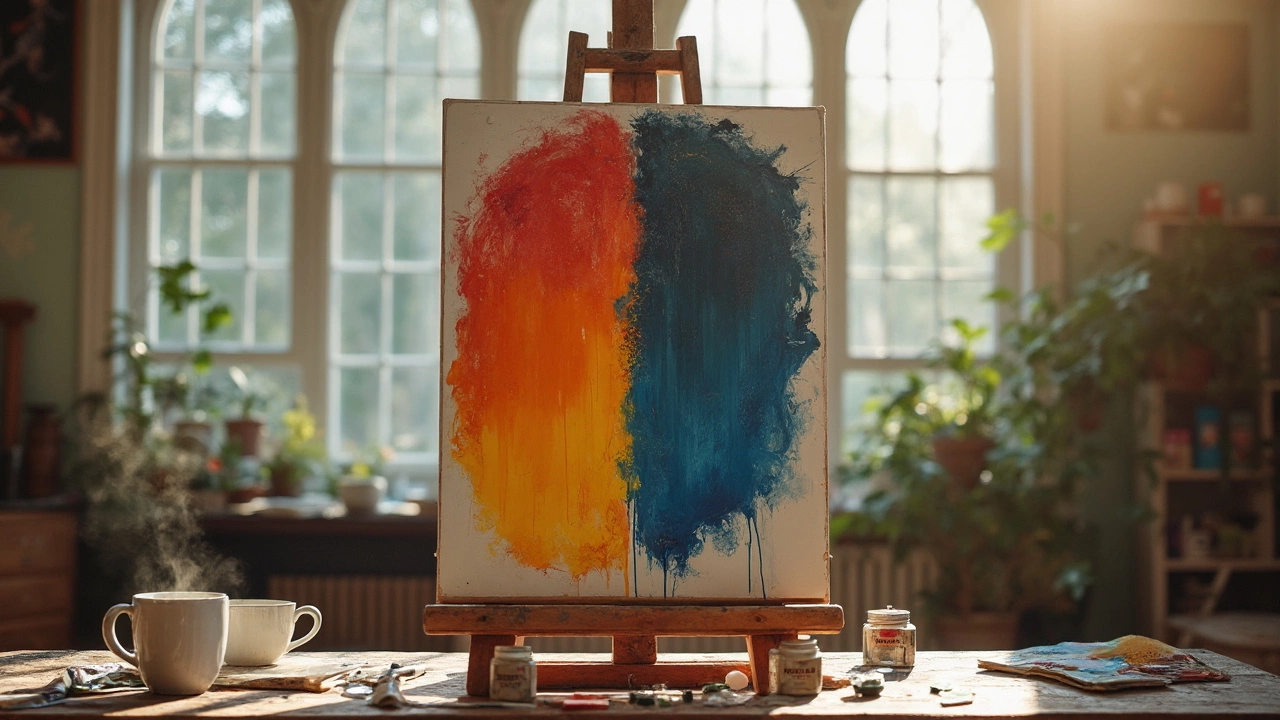
18 Jun 2025
Thinking about painting a portrait but not sure if acrylic or oil paint is easier to use? This article breaks down the main differences in handling, drying times, and techniques for both mediums. Get real-life tips and hear about some common mistakes to avoid. Find out which paint suits your style and skill level, and how to make each one work for you. Make better choices and get more joy out of your next portrait project.
Continue reading...
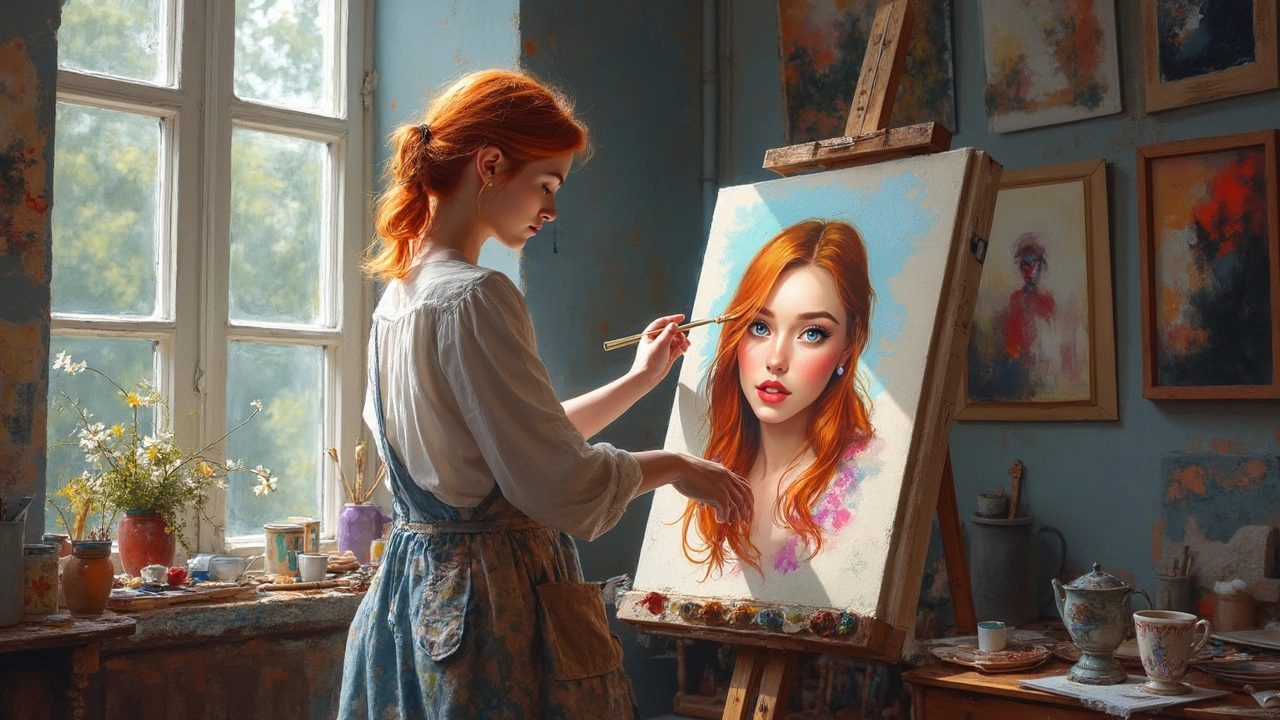
4 Jun 2025
Ever wondered what your portrait's background should look like? This article cuts out the guesswork and breaks down what makes a background truly work for portrait painting. You'll find real examples, quick tips, and some creative ways to make your subject pop without overwhelming the canvas. Get ready to transform your portraits from standard to standout. No jargon, just practical ideas you can use today.
Continue reading...
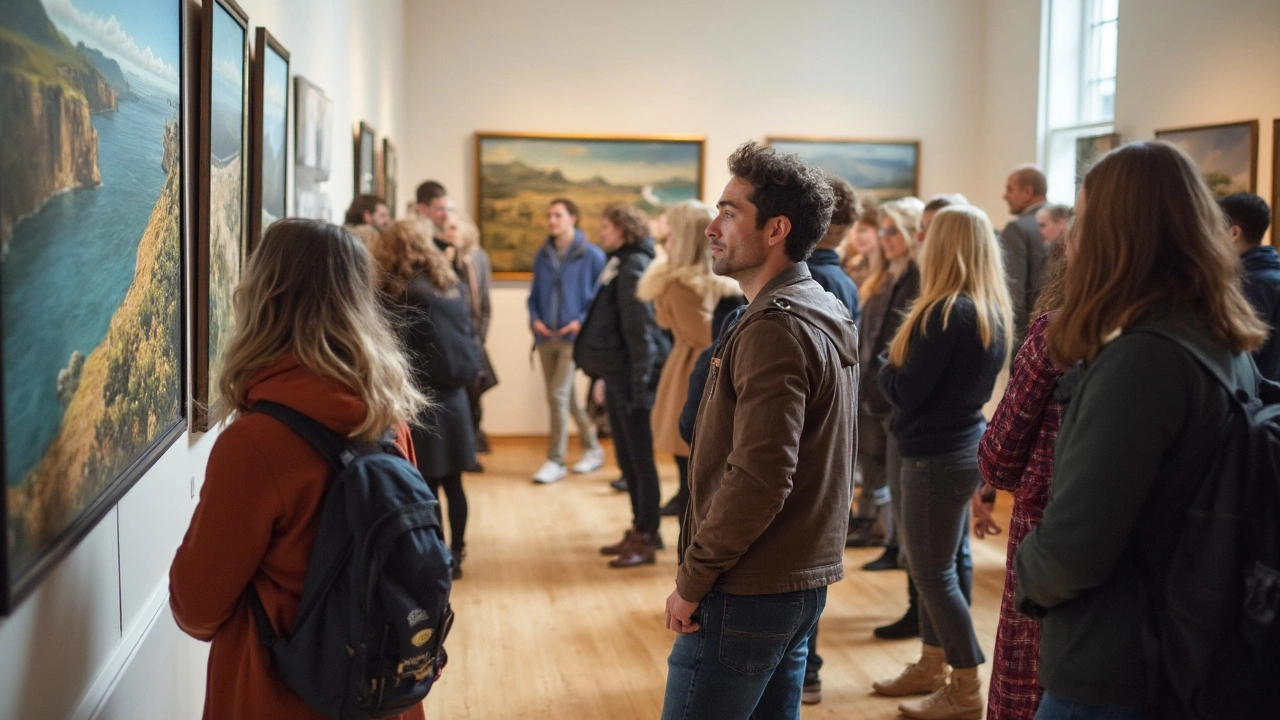
15 May 2025
Discover who truly captured nature with jaw-dropping accuracy in landscape painting. This article digs into the roots of realistic landscapes, highlights top artists, and shows how these painters turned rough sketches into lifelike scenes. You'll grab practical tips on spotting realism and some fun trivia that makes the art world way less stuffy. Whether you're an art newbie or just want to drop some facts at your next hangout, we've got you covered.
Continue reading...
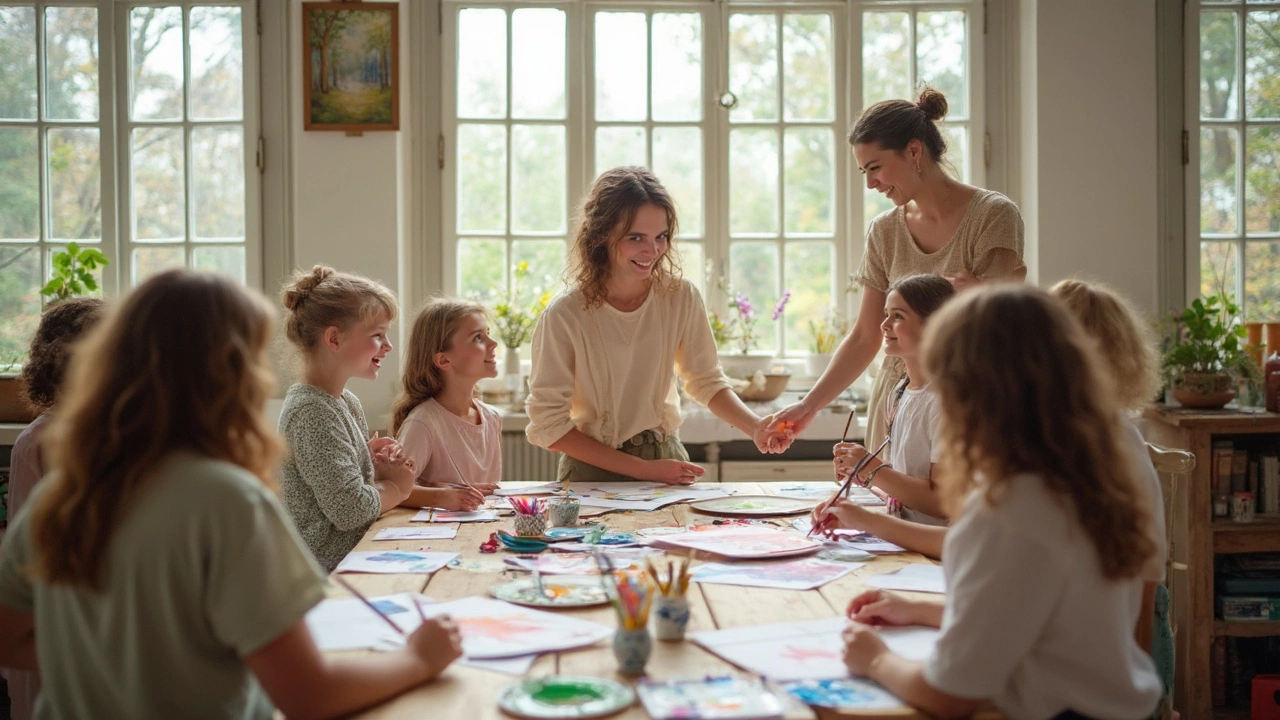
14 May 2025
Watercolor painting looks easy, but it trips up even the most eager beginners. This article breaks down three mistakes almost everyone makes when starting with watercolor. You’ll get clear tips to avoid these headaches, along with simple tweaks that actually work. Save your paper, keep your colors bright, and protect your sanity. If you want smoother results and less frustration, you’ll find real help here.
Continue reading...
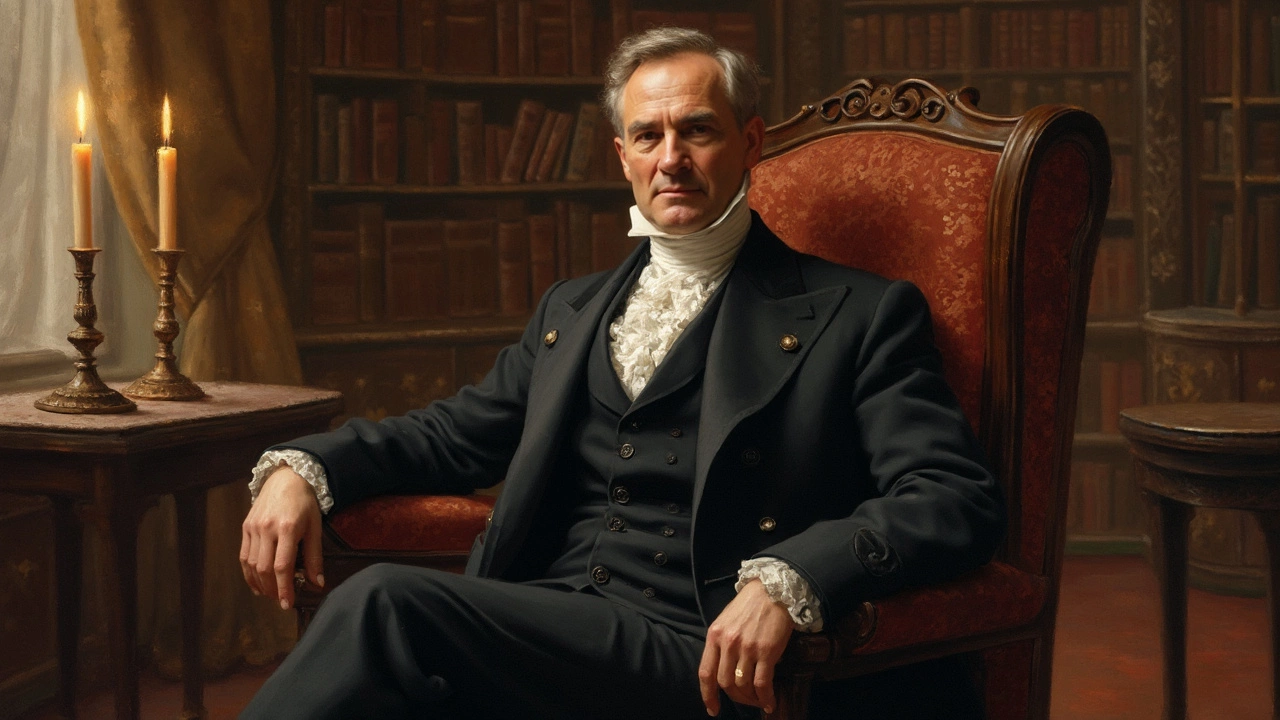
3 Apr 2025
Dive into the world of portrait painting by exploring its three main types. Uncover the unique characteristics of traditional, contemporary, and environmental portraits. Learn practical tips to enhance your understanding and appreciation of each style. Discover how artists capture personalities and emotions through different techniques. This guide is perfect for both art lovers and budding painters looking to enrich their skills.
Continue reading...
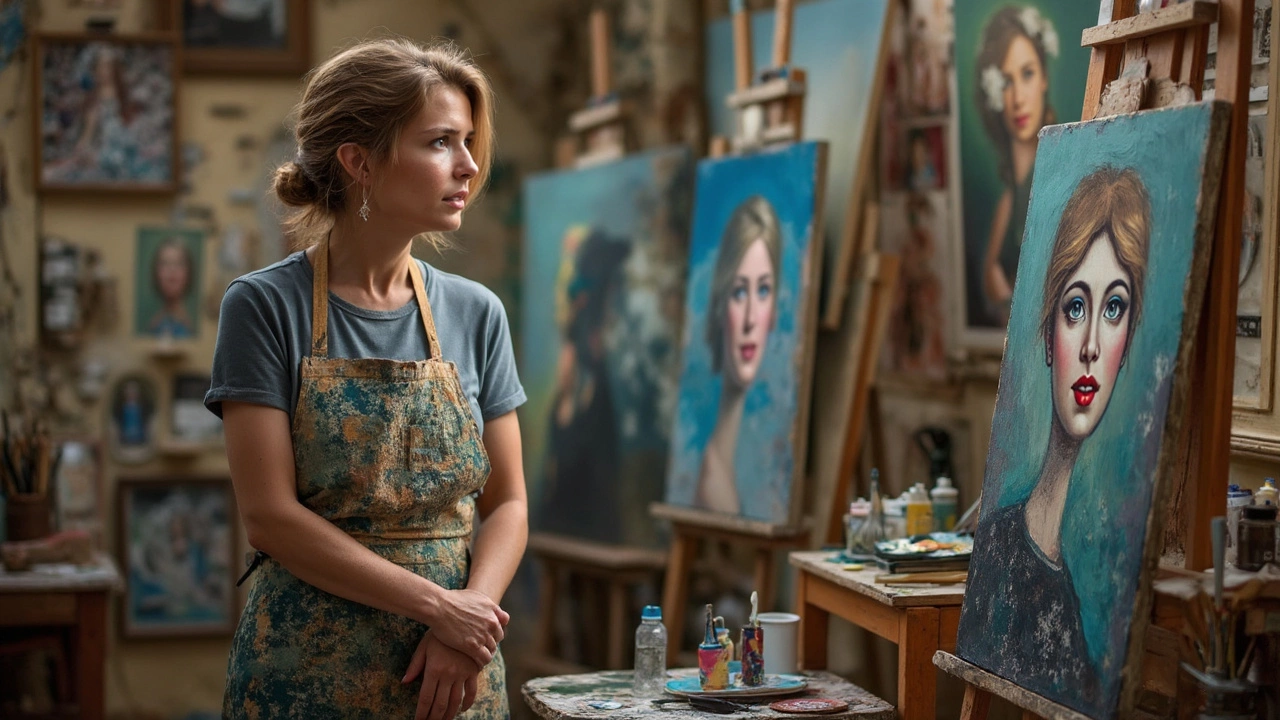
19 Mar 2025
Portrait painting is often associated with capturing a person's likeness, but does that mean it has to be realistic? This article explores the balance between realism and artistic expression in portraiture, providing insights and tips for artists. Discover how portraits can tell a story beyond just looking lifelike and how artists can challenge traditional views while still connecting with viewers.
Continue reading...
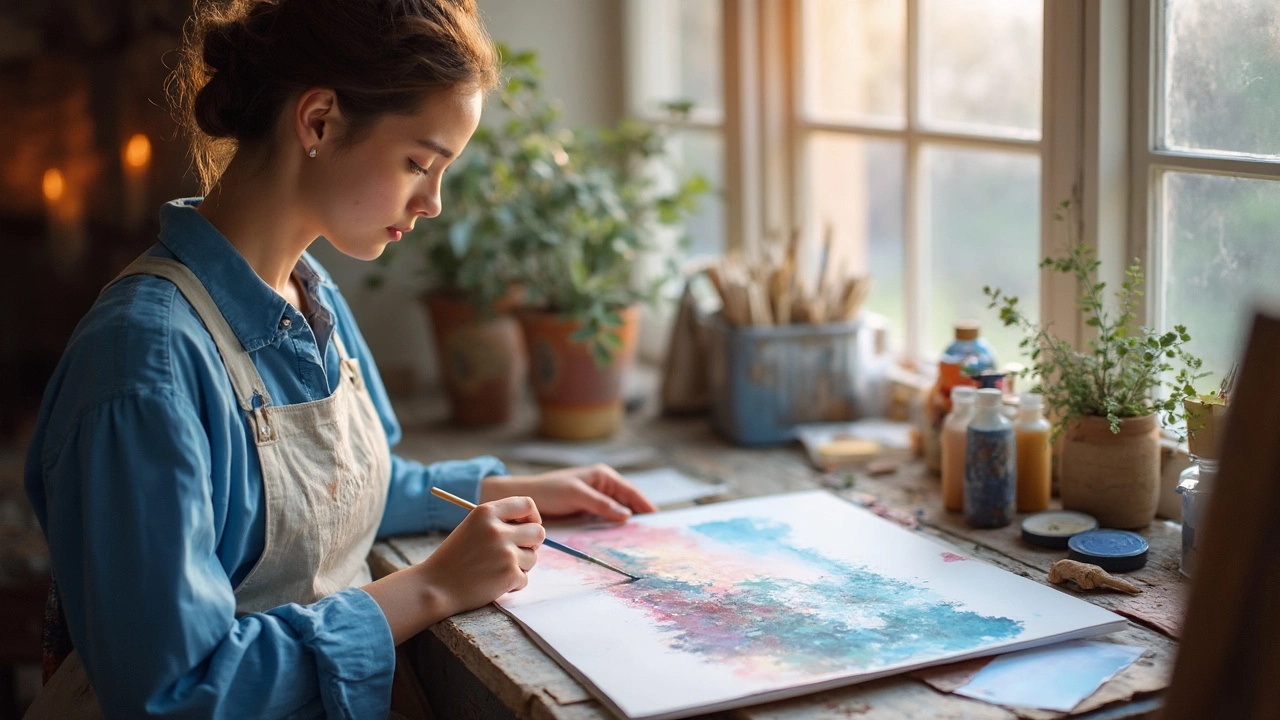
3 Mar 2025
Watercolor painting is enchanting but not without its challenges, with hard lines being one of the common hurdles artists face. This article delves into practical techniques to avoid those dreaded unintentional edges. From understanding paper absorption to mastering water management, these insights will help artists create smooth transitions. Learn the essential tips and inside tricks to enhance your watercolor art.
Continue reading...
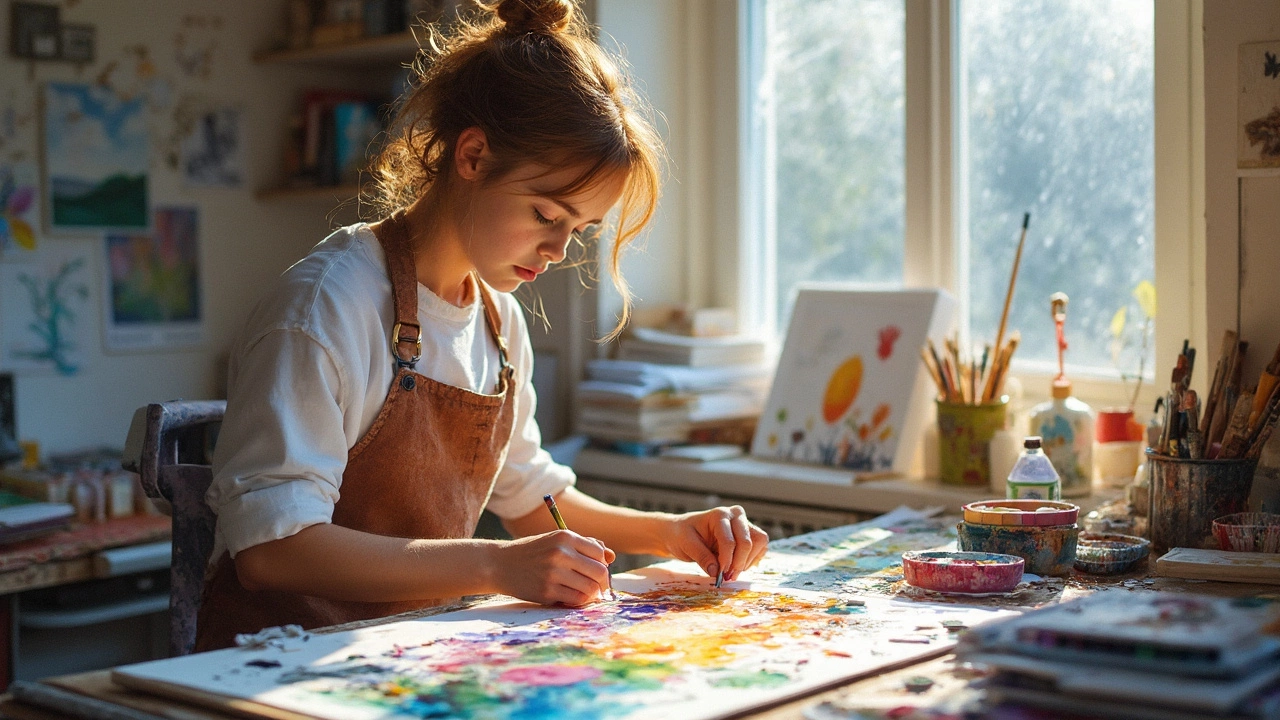
13 Feb 2025
Watercolor painting, while a popular medium for its subtlety and flexibility, comes with its own set of challenges. Artists often find watercolor tricky due to its unpredictability and the lack of control compared to other mediums. Traditional techniques might lead to unexpected mishaps, adding a layer of complexity to the creative process. Exploring these weaknesses can help artists better anticipate and manage the medium's quirks. With practical tips, artists can enhance their watercolor skills and tackle its unique challenges head-on.
Continue reading...
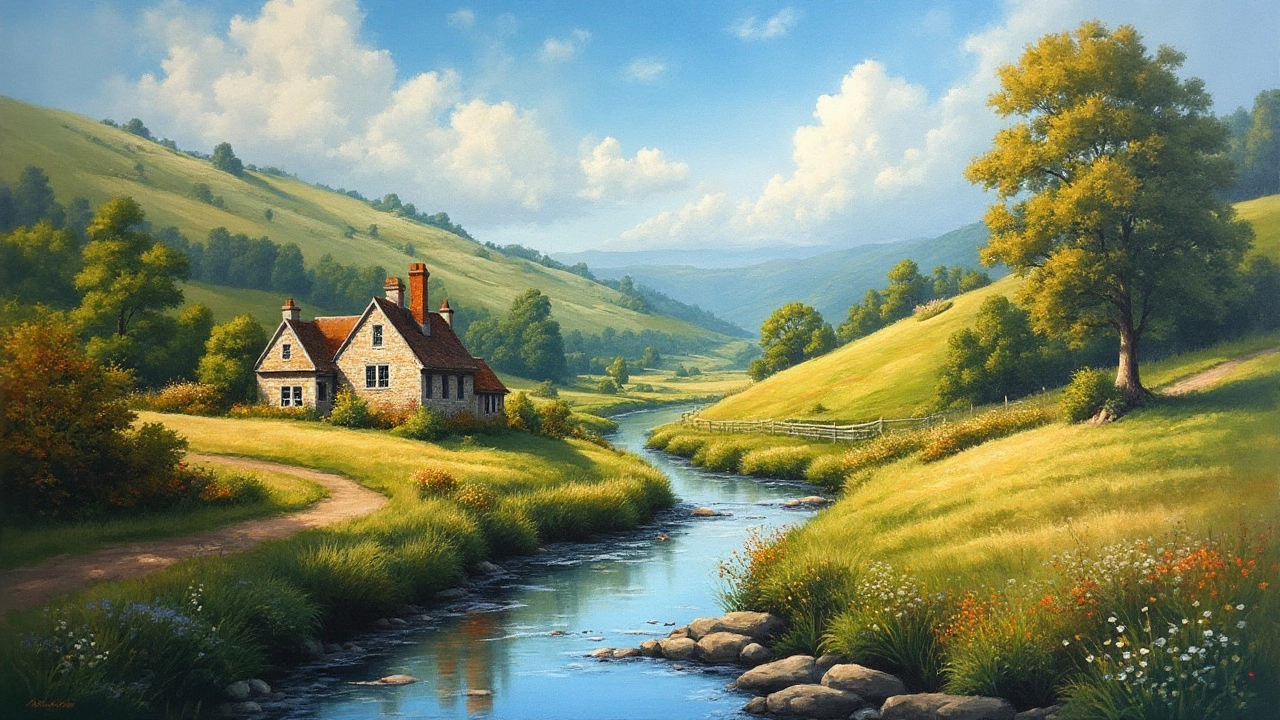
3 Jan 2025
Landscape painting is a captivating form of visual art that captures the beauty of nature on canvas. Three major components—composition, color, and texture—contribute significantly to the effectiveness of a landscape painting. Understanding and mastering these components can help artists convey mood and depth in their work. This article explores these essential elements, providing interesting facts and helpful tips for artists who wish to enhance their landscape painting skills.
Continue reading...

21 Nov 2024
Landscape painting is an art form that captivates by capturing the essence of the natural world. Understanding the three fundamental parts of landscape painting, which include the background, middle ground, and foreground, helps artists create depth and visual interest. These components work together to guide the viewer's eye and convey a sense of space. By learning different techniques to depict each part, artists can enhance their compositions and engage their audience more effectively.
Continue reading...

